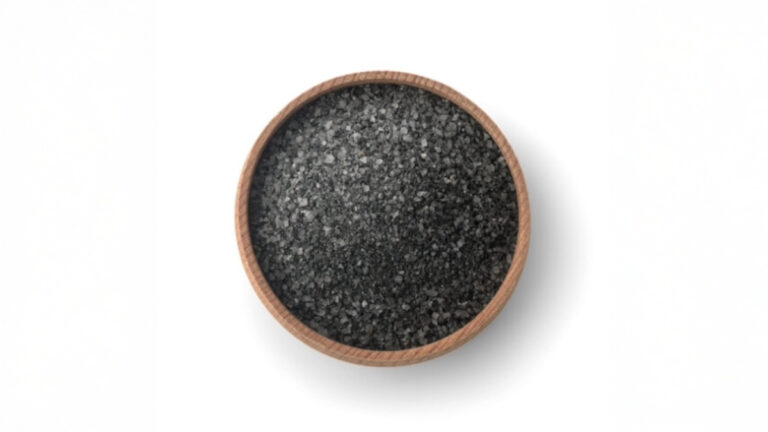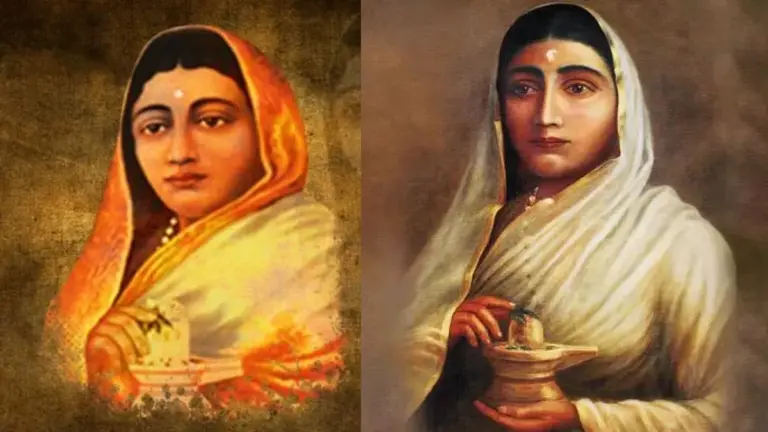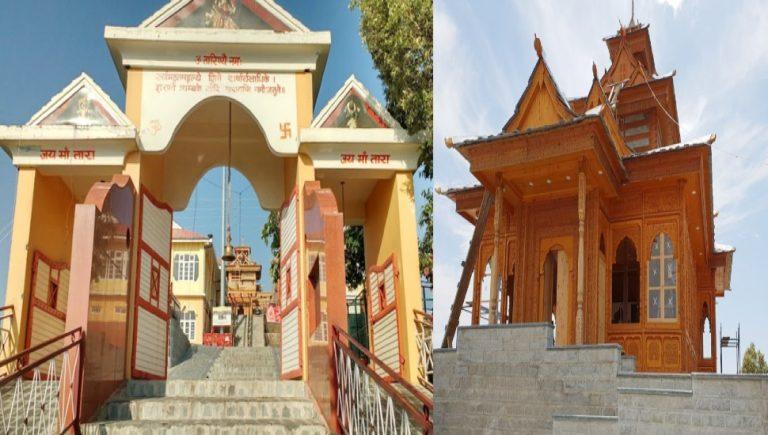Saudi Arabia History: The Foundation Day of Saudi Arabia was celebrated in Saudi Arabia on 22 February. Basically, it is a celebration of the establishment of the first Saudi state by Mohammed bin Saud in the year 1727.
On this occasion, heads of state of many countries issued congratulatory messages. In this article, we will read how and under what circumstances Saudi Arabia was established.
Saudi Arabia is considered the most important country in the Islamic world in terms of religion.
The founder of this country is Shah Abdul Aziz bin Abdul Rahman Al Saud, who was born on January 15, 1877. But the struggle for the establishment of this state began in the 18th century, when in 1725, the head of Al Saud, Amir Saud bin Mohammed bin Makran, died.
At that time there were small states in Najd and each state had a separate ruler. Emir Saud bin Mohammed had four sons. He had vowed that he would establish a Saudi state in Najd.
The name of the eldest son of Amir Saud bin Mohammad was Mohammad bin Saud. He became the ruler of Diriyah and established his rule in Diriyah with the help of Shaikh Mohammad bin Abdul Wahab and gradually started strengthening it.
Sheikh Mohammed bin Abdul Wahab was a renowned scholar from Najd and was engaged in trying to reform the beliefs of Muslims.
In historical contexts it is claimed that there was a historic meeting between Mohammed bin Saud and Sheikh Mohammed Abdul Wahab in the year 1745 in which both of them decided that if Mohammed bin Saud ever succeeded in establishing his power in Najd and Hijaz If it happens, the beliefs of Sheikh Mohammad bin Abdul Wahab will be implemented there.
Prince Mohammed died in the year 1765 and Sheikh Mohammed bin Abdul Wahab in 1791. By that time, Al Saud’s rule had been established over most of the Arabian Peninsula.
After Prince Mohammed, Imam Abdul Aziz became the ruler of the region, but he was assassinated in the year 1803. After Imam Abdul Aziz, his son Saud became the ruler, and he died in the year 1814.

When and how did Riyadh become the capital?
Saud’s son Abdullah was also a great religious scholar. During his reign, a large part of his territory fell out of his hands and Diriyah came under the control of the Ottoman Empire.
Imam Abdullah was taken prisoner and he was taken to Istanbul and sentenced to death.
But soon his brother Mashari bin Saud succeeded in taking back his kingdom, but he could not rule for long and his kingdom again went under the control of the Ottoman Empire.
After this, his nephew Shahzada Turki bin Abdullah succeeded in capturing Riyadh. Here he ruled from the year 1824 to 1835.
For the next several decades, the Al Saud fortunes rose and fell as Egypt, the Ottoman Empire, and other Arab tribes fought for control of the island of Saudi Arabia. One of the rulers of Al Saud was Imam Abdul Rahman who succeeded in taking Bayat (oath of allegiance to him) in 1889.
Imam Abdul Rahman’s son Shahzada Abdul Aziz was a courageous man and in the year 1900, while his father was still alive, he started efforts to take back his lost empire and expand it.
In the year 1902, he captured the city of Riyadh and declared it the capital of Al Saud. Continuing his conquests, he captured several areas of Al-Ehsai, Qutaif and Najd.

Capture of Mecca and Medina: Saudi Arabia History
In the late Ottoman Empire, the Hijaz (which included the regions of Mecca and Medina) was ruled by Sharif Mecca Husayn, who declared a rebellion against Turkey on June 5, 1916. Hussain not only had the support of various Arab tribes but also Britain. On June 7, 1916, Sharif Mecca Hussain declared the independence of Hijaz.
His occupation of Mecca was completed on 21 June and on 29 October he formally declared himself the ruler of the whole of Arabia. Also, he asked all the Arabs to declare war against the Turks. On December 15, 1916, the British government announced the recognition of Hussain as the King of Hijaz.
Meanwhile, Emir Abdul Aziz bin Abdul Rahman Al Saud captured a large part of Eastern Arabia and on December 26, 1915, also made an agreement of friendship with Britain. On September 5, 1924, he also conquered Hijaz.
People supported Amir Abdul Aziz and Sharif Makkah Shah Hussain resigned from the government and made his son Ali the king of Hijaz. But due to the increasing steps of Amir Abdul Aziz, he also had to leave his throne.
On October 13, 1924, Shah Abdul Aziz captured Mecca as well. During this, Shah Abdul Aziz was continuously moving forward.
On December 5, 1925, he also acquired the power of Madina. On November 19, 1925, Sharif Makkah Ali announced to give up power completely and thus Jeddah was also occupied by Al Saud. On January 8, 1926, the King of Hijaz, Abdul Aziz bin Abdul Rahman Al Saud, announced in a special ceremony that he would take full control of Nejd and Hijaz.

So much oil came out that even the experts were stunned
On May 20, 1927, Britain recognized Abdul Aziz bin Saud’s rule over all of the occupied territories, then known as the Hejaz and Najd. On September 23, 1932, Shah Abdul Aziz bin Saud announced the renaming of the Kingdom of Hijaz and Najd to ‘Al-Mumalikat-al-Arabiya-al-Saudia’ (Saudi Arabia).
Shah Abdul Aziz bin Abdul Rahman Al Saud soon molded his kingdom into Islamic colour. On the other hand, to his good luck, he came to know of oil reserves in Saudi Arabia. In the year 1933, Shah Abdul Aziz entered into an agreement with the California Petroleum Company to extract oil.
The first few years were spent in efforts, but in the year 1938, when the experts of the California Petroleum Company were about to return after failing, suddenly a well sprung up and so much oil came out that even those experts were stunned.
Now a new era of history has started. This event was a miracle not only for the Saudi rulers and the Californian company, but for the entire Arabian Peninsula. The discovery of oil provided tremendous economic stability to Saudi Arabia and brought prosperity.
Shah Abdul Aziz bin Abdul Rahman Al Saud died on 9 November 1953.

Destruction of Jannat al-Baqi: Saudi Arabia History
During his reign, Shah Abdul Aziz turned Saudi Arabia into a great power of the world, but also took some religious steps that caused unrest in a large part of the Islamic world.
He built his state according to the beliefs of Shaikh Mohammad bin Abdul Wahab and ended Bid’at (things which were added later in Islam). It was during his time that Jannat-ul-Baqi, the holy graveyard of the Islamic world, was also destroyed in Madina.
Baki is the place where wild trees and plants are found in abundance and since there were a lot of thorny bushes and thorny Usaj i.e. Garakad trees in the place of this cemetery, hence the name of this cemetery also got Baki (Garakad).
The process of burying Muslims in this cemetery started from the time of the Prophet of Islam. The first Sahabi (companion of Prophet-e-Islam) to be buried in this cemetery was Hazrat Usman bin Mazoon. After him thousands of people were buried in this cemetery.
Shah Abdul Aziz bin Abdul Rahman Al Saud ordered the demolition of all the domes in Jannat-al-Baqi. This incident is of 21 April 1926. The Islamic world reacted strongly to the destruction of Jannat-al-Baqi.
At this time, the entire cemetery has been converted into a field, however, pilgrims visiting Medina still visit Jannat al-Baqi.




































